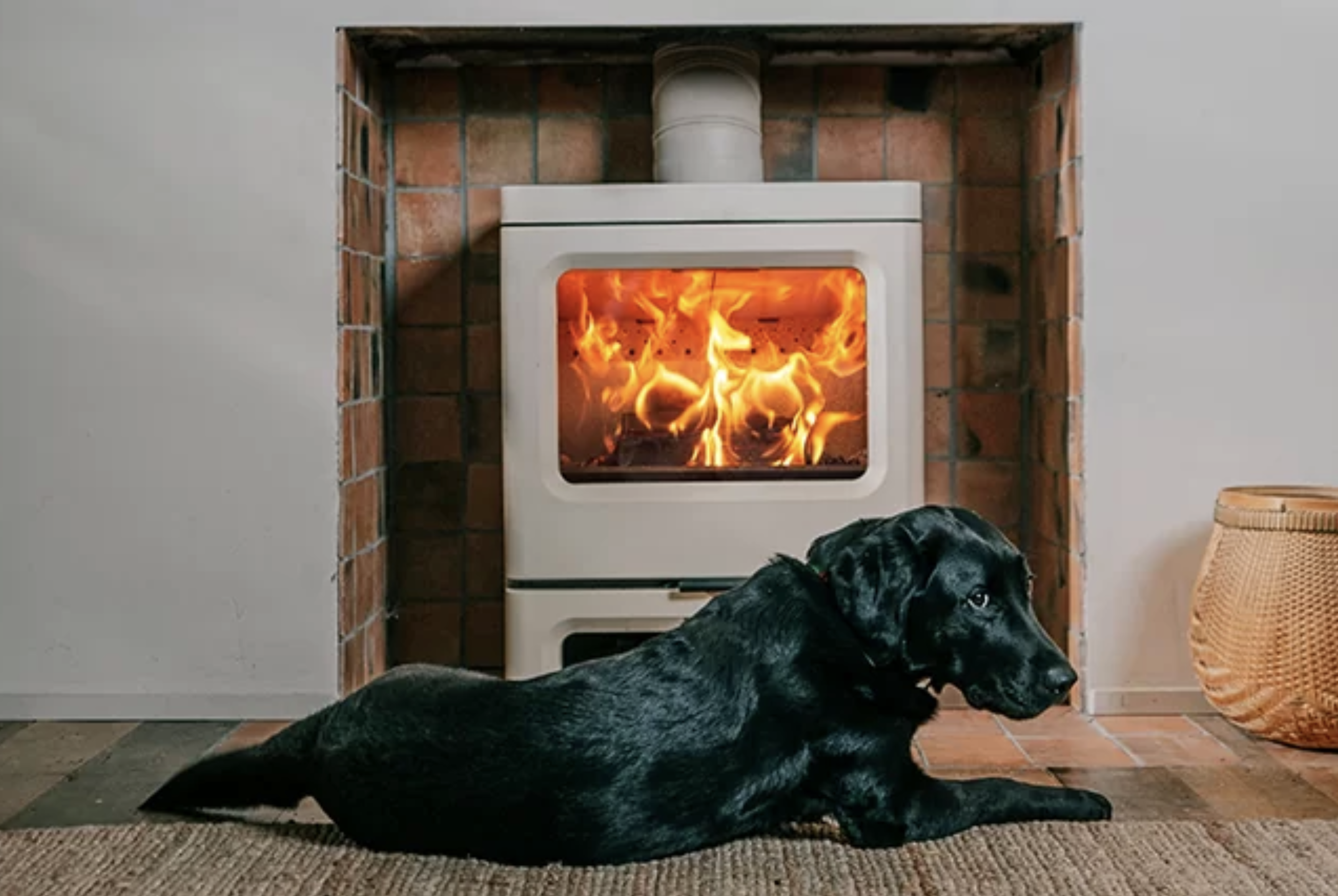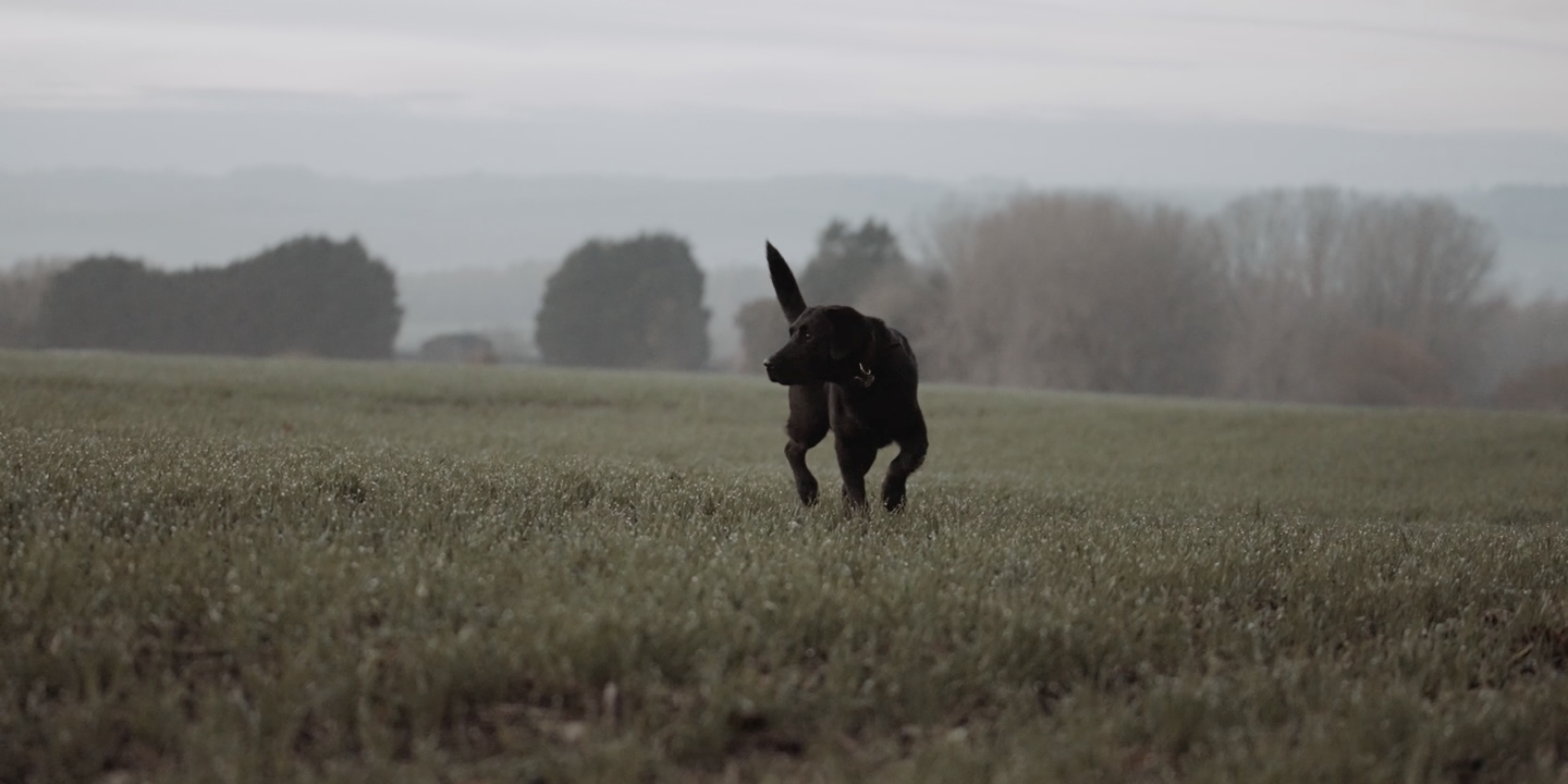Mark Lazenby – “Fired Up” Collage
1. It sounds like you were a collector of random objects since childhood, which you carried around in a bag. Was this an intuitive interest or did you grow up in a household where objects were discussed and thought of in terms of origin and making?
I think a lot of it was intuitive and that we all have a natural affinity to certain things. I grew up in a household that was filled with creativity, my father was an engineer and my mother a musician so a real mix of the technical and the heart. I don’t remember ever discussing particular objects or any process of making but just being surrounded by projects, ideas and music has deeply informed how and what I do. I think that within me I have this love of doing things well and I have always felt that I am both artist and designer, sometimes stuck between the two not knowing which I am. This has also left me a bit of an anomaly to others as I don’t necessarily fit in any box, but I am making peace with the fact that I’m both.
When I was younger as soon as I could walk I would carry around an object in each hand, or a bag filled with things I found. These were often not toys but anything from plastic drawing curves (I still can visualise these green acrylic curves) to a hammer! This lead on to me collecting all kinds of things from beer mats to plastic Christmas cracker trinkets. These things were all free or of very low value so I could collect them easily, this then has informed what I cherish and use within my collage work; sweet wrappers, postcards, magazine images. Things that are easily overlooked or thrown away, unloved things that are mass produced or beautifully badly printed these things are treasure to me. I still get that joy of discovering a beautiful scrap of paper on the street or in an antique shop it doesn’t matter to me where I find it. For me it’s all about a certain quality or feel, which is why all my work is made of real things (not digital elements) it has to feel right or I won’t use it.
I have also been drawn to logos and graphics from an early age and would sit and draw the tails of airplanes and collect plane tickets when family members travelled, or stick beer mats to my cupboard doors. Objects can have a real magic whether they are high or low in value or culture. I believe that we imbue these things with meaning, comfort and value. This is where I think my artworks come from imbuing paper with feeling, meaning and spirit even if it’s just for me. This I think is deeply linked to my collecting over all the years.
2. It’s said that Terence Malick in his film The Tree of Life, created a collage effect of moments in his scenes. Do you visualise your collages from observations in real life?
I think it’s a real mixture of real life observations and the imagined, but mainly I think it is the opposite of real life, an escape and running towards what seems impossible, higher, beautiful and escaping real-life laws and confines. This is why I gravitated towards the surrealist artists as a teenager and have kept this love of their work throughout my life, because it uses the everyday to transcend the everyday. Like Rene Magritté’s painting “Time Transfixed (La Durée poignardée)” with a train flying out of a fireplace or Joseph Cornell’s sea drift objects placed side by side in a box they have this magic that lifts us from where we are or what the objects were intended for. These everyday items can be given new purpose and meaning.
We all distil ourselves into the things around us and our lives get soaked into photographs, songs, art etc, these things are simple objects but they become so richly full of memory and meaning that they become priceless and so emotive. We all do this, we all create in this way, whether it’s intentional as art or not. We are all creators, we can all draw, paint and do whatever we like. 
Mark Lazenby – “Set a Fire in my Heart” Collage
3. You mention that a lot of your work begins with words, are there any writers or art with words that particularly influence you?
My work all starts with an internal dialogue and this is mainly through my time in prayer and reading the Bible. It is how I process where I am at and directing all of myself and energy to God. A bowing down of self, a laying down of everything. I especially love reading the biblical Psalms and Proverbs and these speak to me every day and have made their way in to many of my collages. The Psalms are so rich in joy and praise but also ranting and despair, I find immense comfort in this fact that the writers feel what we feel, struggle with what we struggle with and that that’s ok to voice to God and each other.
We are all sacred and profane, broken and fixed, dust and eternal.
My work is an outpouring of this, the battle. If I don’t give it to God and explore it in paper I don’t function at all.
The words filter through and become a heart cry, a yearning, a song, a poem and then I try to interpret these into visual versions. This again is where I try to imbue the paper with all that’s going on internally. I also find immense satisfaction in the physical creating of my collages, the processes, the hunting for the right elements to create how I feel, what I’m thinking. I make them for me to understand, but I also want to make them as offerings to God, worship.
Artists using words within their work that I especially love: Kurt Schwitters, Jean-Michel Basquiat, Corita Kent, Cy Twombly, Peter Blake, Tom Phillips, Joe Tilson, Eduardo Paolozzi and too many pop artists to name!
Over the years I have been inspired by many writers and poets in my work: Hermann Hesse, Albert Camus, Franz Kafka, Gabriel García Márquez, Paul Auster, Gerard Manley Hopkins, Dietrich Bonhoeffer, W.H. Auden, Stéphane Mallarmé, C.S. Lewis to name just a few.
4. David Lynch in his thoughts on death, states he sees life as continuing. Do you find that the layers of life are helpful to explore through collaging?
This again touches on what I’ve mentioned in the previous question. For me the creation of a work is the way I start to understand God’s love, cope in the world, process what I’m going through, pour it out, externalise the internal. So I think it’s vital for me to make my collages, when I don’t get time to make I feel lost and not myself at all.
I have recently been struck by the fact that we are all immortal beings. I believe that we are all eternal. We all have a choice through Jesus to live continually in God’s presence or eternally separate but then knowing He is the one. Time is short and God loves us all now, this love wants to be with us throughout eternity we only have to say yes. This quote from C.S. Lewis is wonderful: “There are no ordinary people. You have never talked to a mere mortal… it is immortals whom we joke with, work with, marry, snub and exploit”.
The call now is to love God with our everything and to love each other. This is my greatest desire and to also make what I can on any given day. I wouldn’t function without my faith, my family and my collage.
5. How would you encourage anyone with a novice interest in collaging to begin?
Creating is such a personal thing but I think it’s about tapping into what makes you you, what you love, what you have a natural connection to and then just exploring it, making a mess, making things that don’t work and when you keep going you develop your own language and you then stumble across your thing. For years I thought that I should create other work, not just collage and that it wasn’t enough. I tried to draw, to paint but I kept on being called back by the collage and I’ve learnt that for me that is enough, that collage is me. There are no rules, we complicate everything for no reason, we don’t want to look stupid or like we don’t know what we are doing. No one knows what they are doing! There are no rules. So find the things you enjoy, the things you find affinity with and run with them. Get some glue and some paper and find out what you love.
I mentioned before, Corita Kent who was a brilliant artist, teacher, Jesus follower and social justice advocate. Up on my studio wall is this wonderful list she put together that I often remind myself of and find immensely helpful when I get a bit tangled up:
“One: Find a place you trust, and then try trusting it for a while.
Two: General duties of a student: pull everything out of your teacher; pull everything out of your fellow students.
Three: General duties of a teacher: pull everything out of your students.
Four: Consider everything an experiment.
Five: Be self-disciplined: this means finding someone wise or smart and choosing to follow them. To be disciplined is to follow in a good way. To be self-disciplined is to follow in a better way.
Six: Nothing is a mistake. There’s no win and no fail, there’s only make.
Seven: The only rule is work. If you work it will lead to something. It’s the people who do all of the work all of the time who eventually catch on to things.
Eight: Don’t try to create and analyse at the same time. They’re different processes.
Nine: Be happy whenever you can manage it. Enjoy yourself. It’s lighter than you think.
Ten: We’re breaking all the rules. Even our own rules. And how do we do that? By leaving plenty of room for X quantities.
HINTS: Always be around. Come or go to everything. Always go to classes. Read anything you can get your hands on. Look at movies carefully, often. Save everything—it might come in handy later.”
6. You are shortly part of an exhibit called ‘Little Lights’ at Paul Smith which opens on the 14th of February. Can you tell me a little about your pieces in the show?

Paul Smith is someone that I have admired for a long time and have had the pleasure of spending some time with over the years. He is so enthusiastic and genuinely interested in people and all that he creates, you can’t help liking him and being energised by his joy for everything good in life. So when I was invited by Katie Heller (Art & Exhibition Manager at Paul Smith) and Nico Kos Earle (Curator & Writer) to take part in the ‘Little Lights’ group exhibition at the Paul Smith Space I jumped at the chance.
The collage pieces that I’m showing all have elements based around the theme of light. So a number of them are celestial with star references and the others have fiery elements like the sun or campfires. Two of the pieces that I’m showing have directly come about from my friendship with Ced Wells (A.J. Wells Director) and have been used for some recent publications of theirs, one for Vlaze’s ‘Fired Up’ zine (that I also was able to design) and the other ‘Set a Fire in my Heart’ for the covers of Charnwood’s 2025 Calendar and their new stove brochure. Both of these works started around the theme of fire. “Fired Up” was all built around the idea of gathering together, cooking al fresco, celebrating around a fire, eating and having fun, with an atmosphere of classic mid-century design and a nod to Slim Aarons and the Californian West Coast light. “Set a Fire in my Heart” has a narrative of walking through woods and returning to a cosy fire, with references to the Isle of Wight, water and faith. Ced was brilliant to collaborate with on these from start to finish. Their manufacturing business has fire at its core from the wood-burning stoves they make through to the beautiful vitrified surfaces fired in their huge furnaces. I love what they create and the ethos of the company as a whole, so again when I was asked to work on these I was thrilled.
In total, I have around eight pieces in the exhibition and it runs from February 14th to April 20th 2025, Paul Smith Space, 9 Albermarle Street, London, W1S 4BL.
To see more of Mark’s fantastic work visit his website here.















